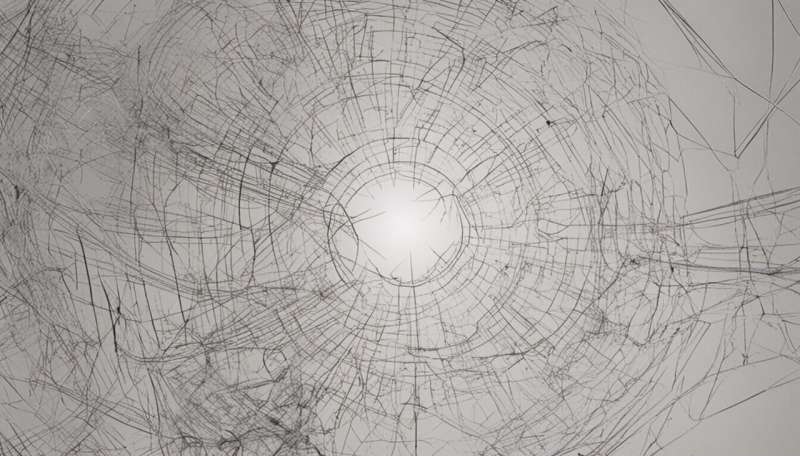In an age of political anger, the science behind human prejudice

Increasing political polarisation in western democracies was starkly highlighted in 2016 with the UK's vote for Brexit and the election of Donald Trump in the United States. Such polarisation will likely continue to be a key societal factor as 2017 unfolds and consequently, more attention is being placed on a need to understand the scientific and psychological reasons that drive humans to identify enemies based on race, political beliefs and other perceived threats.
One can easily put it down to basic human evolution – human beings tend to favour our 'own kind' and become suspicious of others who look, act, or sound different to what we are used to within our own daily social spheres. Psychologists call this 'social identity theory'. Indeed, two of the most basic human drives are the need to belong to a group and to compete with others.
In essence, we have the innate tendency to over-value those who are like us, and under-value those who are not, originally developed as a survival guarantee. This could partly explain why many people find it so difficult to accept and come to terms with their friends and relatives voting in a different way to themselves, as it forces us to realise that those we consider to be closest to us and most like us actually have beliefs that are radically opposed to our own.
The region of the brain that triggers fear, anxiety and other negative emotions is the amygdala and has an important role to play in compelling humans to stick with their own kind. The amygdala is thus able to categorise an individual within a fraction of a second and the brain has evolved the tendency to classify something as dangerous when in fact it is benign.
Race has been one of the key avenues of study for psychologists and neuroscientists trying to understand better the causes of human prejudice. One 2007 study led from the University of Southern California focused on race and highlighted how the amygdala is activated when white participants were shown faces of people with varying tones of skin colour. When participants viewed black faces, it resulted in greater amygdala activity than when they viewed white faces. Amygdala activation was equal for light and dark black faces, but dark-skinned white people had greater activation than those with lighter skin tone. The authors concluded that Afrocentric features drove an unconscious fear response in white participants.
Another study from the University of Toronto exposed white participants to pictures of black and white faces, and it measured the activation of two distinct brain regions, the amygdala and the prefrontal cortex. Whilst the amygdala triggers rapid feelings, the prefrontal cortex allows us to think, self-regulate, and make rational judgments. The study showed that when the pictures were flashed for only 3 % of a second (a sliver of time preceding consciousness), amygdala activation spiked highest in people with the highest scores on a scale of implicit racism. (They did not know they were being tested for racism.)
However, when the faces were left on the screen for half a second, the amygdala response was greatly reduced, the prefrontal response was greatly increased, and the more activity recorded in prefrontal cortex, the greater the reduction in the amygdala response. In essence, this study, and other similar ones since, has shown that fearful amygdala reflexes can give way to people's conscious reflections on both their own attitudes and the perceived merits of other people.
This is good news as we are more exposed to people of different backgrounds, races and political creeds than ever before, thanks to rolling TV coverage and the relentless entrenchment of social media in our daily lives.
Perhaps now, in this uncertain new world of political anger, it is more imperative for us to recognise the dangers – and act according – of that basic human instinct, forged through thousands of years of evolution originally as a survival mechanism, to mark others out as not being 'one of us.'




















